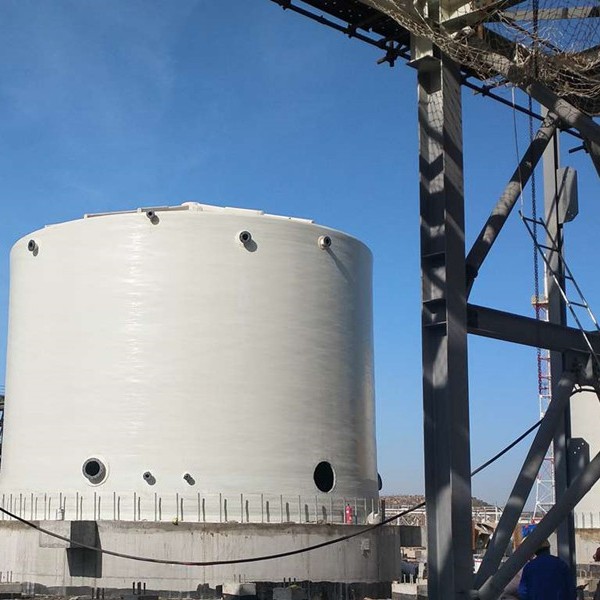
-
 Afrikaans
Afrikaans -
 Albanian
Albanian -
 Amharic
Amharic -
 Arabic
Arabic -
 Armenian
Armenian -
 Azerbaijani
Azerbaijani -
 Basque
Basque -
 Belarusian
Belarusian -
 Bengali
Bengali -
 Bosnian
Bosnian -
 Bulgarian
Bulgarian -
 Catalan
Catalan -
 Cebuano
Cebuano -
 China
China -
 China (Taiwan)
China (Taiwan) -
 Corsican
Corsican -
 Croatian
Croatian -
 Czech
Czech -
 Danish
Danish -
 Dutch
Dutch -
 English
English -
 Esperanto
Esperanto -
 Estonian
Estonian -
 Finnish
Finnish -
 French
French -
 Frisian
Frisian -
 Galician
Galician -
 Georgian
Georgian -
 German
German -
 Greek
Greek -
 Gujarati
Gujarati -
 Haitian Creole
Haitian Creole -
 hausa
hausa -
 hawaiian
hawaiian -
 Hebrew
Hebrew -
 Hindi
Hindi -
 Miao
Miao -
 Hungarian
Hungarian -
 Icelandic
Icelandic -
 igbo
igbo -
 Indonesian
Indonesian -
 irish
irish -
 Italian
Italian -
 Japanese
Japanese -
 Javanese
Javanese -
 Kannada
Kannada -
 kazakh
kazakh -
 Khmer
Khmer -
 Rwandese
Rwandese -
 Korean
Korean -
 Kurdish
Kurdish -
 Kyrgyz
Kyrgyz -
 Lao
Lao -
 Latin
Latin -
 Latvian
Latvian -
 Lithuanian
Lithuanian -
 Luxembourgish
Luxembourgish -
 Macedonian
Macedonian -
 Malgashi
Malgashi -
 Malay
Malay -
 Malayalam
Malayalam -
 Maltese
Maltese -
 Maori
Maori -
 Marathi
Marathi -
 Mongolian
Mongolian -
 Myanmar
Myanmar -
 Nepali
Nepali -
 Norwegian
Norwegian -
 Norwegian
Norwegian -
 Occitan
Occitan -
 Pashto
Pashto -
 Persian
Persian -
 Polish
Polish -
 Portuguese
Portuguese -
 Punjabi
Punjabi -
 Romanian
Romanian -
 Russian
Russian -
 Samoan
Samoan -
 Scottish Gaelic
Scottish Gaelic -
 Serbian
Serbian -
 Sesotho
Sesotho -
 Shona
Shona -
 Sindhi
Sindhi -
 Sinhala
Sinhala -
 Slovak
Slovak -
 Slovenian
Slovenian -
 Somali
Somali -
 Spanish
Spanish -
 Sundanese
Sundanese -
 Swahili
Swahili -
 Swedish
Swedish -
 Tagalog
Tagalog -
 Tajik
Tajik -
 Tamil
Tamil -
 Tatar
Tatar -
 Telugu
Telugu -
 Thai
Thai -
 Turkish
Turkish -
 Turkmen
Turkmen -
 Ukrainian
Ukrainian -
 Urdu
Urdu -
 Uighur
Uighur -
 Uzbek
Uzbek -
 Vietnamese
Vietnamese -
 Welsh
Welsh -
 Bantu
Bantu -
 Yiddish
Yiddish -
 Yoruba
Yoruba -
 Zulu
Zulu
grp duct system
Understanding the Grp Duct System An Overview
The GRP (Glass Reinforced Plastic) duct system represents a significant advancement in the field of ventilation and air conditioning systems. With an increasing demand for sustainable and efficient solutions across various industries, GRP ducting has emerged as a popular choice for engineers and architects alike. This article explores the benefits, applications, and characteristics of the GRP duct system.
What is a GRP Duct System?
A GRP duct system consists of ductwork made from glass-reinforced plastic, a composite material that combines fiberglass with a resin matrix. This composition results in a lightweight, durable, and corrosion-resistant material that is ideal for a wide range of applications, particularly in environments prone to moisture and chemicals. GRP duct systems are often utilized in ventilation, heating, and cooling projects, serving to transport air efficiently while minimizing energy loss.
Advantages of GRP Duct Systems
1. Corrosion Resistance One of the standout features of GRP is its resistance to corrosion. Unlike traditional metal ducting, which can rust and degrade over time, GRP remains reliable even in harsh environments, such as coastal areas or chemical processing plants.
2. Lightweight and Easy to Install GRP ducts are significantly lighter than metal counterparts, making transportation and installation simpler and less labor-intensive. This not only speeds up the construction process but can also reduce costs associated with labor and equipment.
3. Thermal Insulation The composition of GRP provides excellent thermal insulation properties. This leads to improved energy efficiency, as the temperature of the air being transported can be maintained with less energy input, reducing the overall operational costs of HVAC systems.
grp duct system

4. Low Maintenance The smooth surface of GRP ducts reduces friction losses and minimizes the accumulation of dust and dirt, leading to lower maintenance requirements compared to traditional ducting materials, which often require regular cleaning to maintain efficiency.
5. Design Flexibility GRP duct systems can be manufactured in various shapes and sizes, allowing for more flexibility in design. This makes them ideal for complex installations in buildings where space is at a premium.
Applications of GRP Duct Systems
GRP duct systems are versatile and can be used in a range of applications including
- Industrial Ventilation Used in factories and plants to safely vent fumes, dust, and other byproducts of manufacturing processes. - Commercial Buildings Commonly utilized in the HVAC systems of office buildings, shopping malls, and hospitals, where air quality and energy efficiency are priorities. - Marine Applications With their durability and corrosion resistance, GRP ducts are also found in marine environments, such as ships and offshore platforms. - Agriculture Used in greenhouses and livestock facilities for climate control and odor management.
Conclusion
The GRP duct system has proven to be a reliable and efficient solution for various ventilation and air conditioning needs. With its inherent benefits of corrosion resistance, lightweight design, thermal insulation, and low maintenance requirements, it stands out as an ideal choice for modern construction projects. As industries continue to prioritize sustainability and efficiency, the adoption of GRP duct systems is likely to grow, reinforcing its position as a cornerstone in the evolution of HVAC technology.









